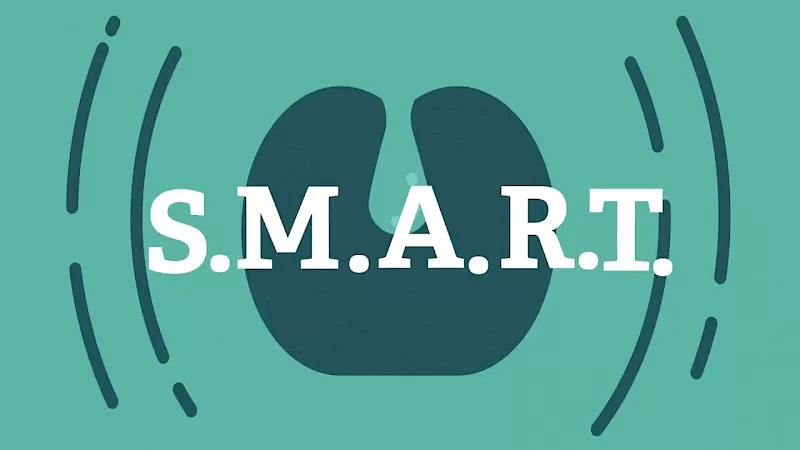RNA Trans-Splicing
One RNA trans-splicing therapeutic could address 97% of all Rett syndrome mutations.
One Therapeutic For
Many Mutations
Once RNA is copied from DNA, various portions of the RNA are unnecessary and need to be removed. A specialized cellular machine called a splicesome removes the unnecessary regions and splices the remaining sections together to create the final processed RNA that is ready for translating into protein.
Stuart Cobb, PhD, is pursuing Spliceosome-Mediated RNA Trans-splicing (SMaRT) technology that leverages these normal regulatory mechanisms within cells. Using this technology to cut out the mutated portions of the RNA should produce the appropriate amount of MECP2 protein in each brain cell, a critical aspect of reversing the effects of Rett syndrome.
This approach encompasses a large enough section of the RNA to address 97% of all mutations. If SMaRT is proven successful a separate approach could be engineered for the remaining 3%.
RSRT has invested more than $1.1 million in RNA trans-splicing.


